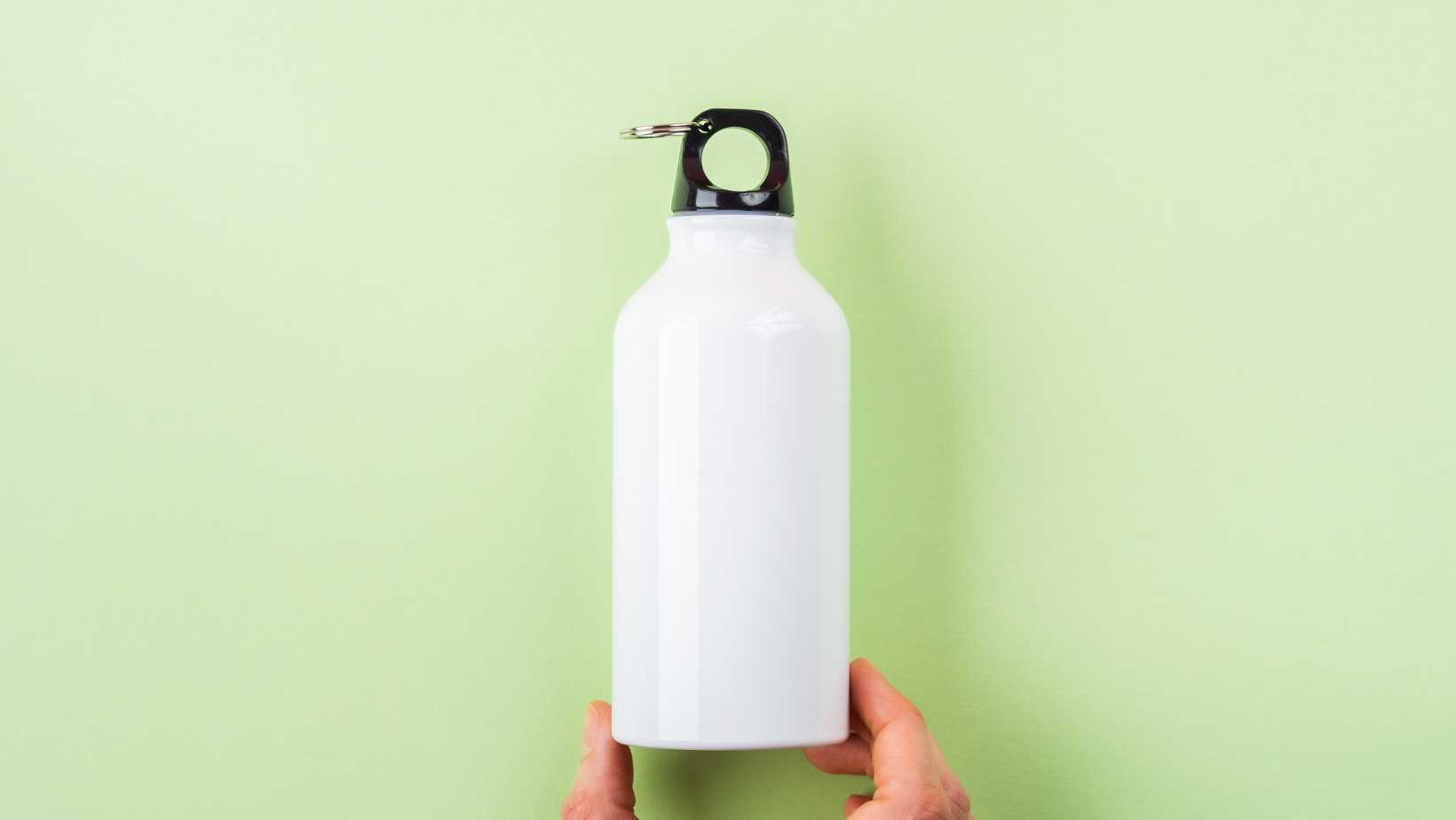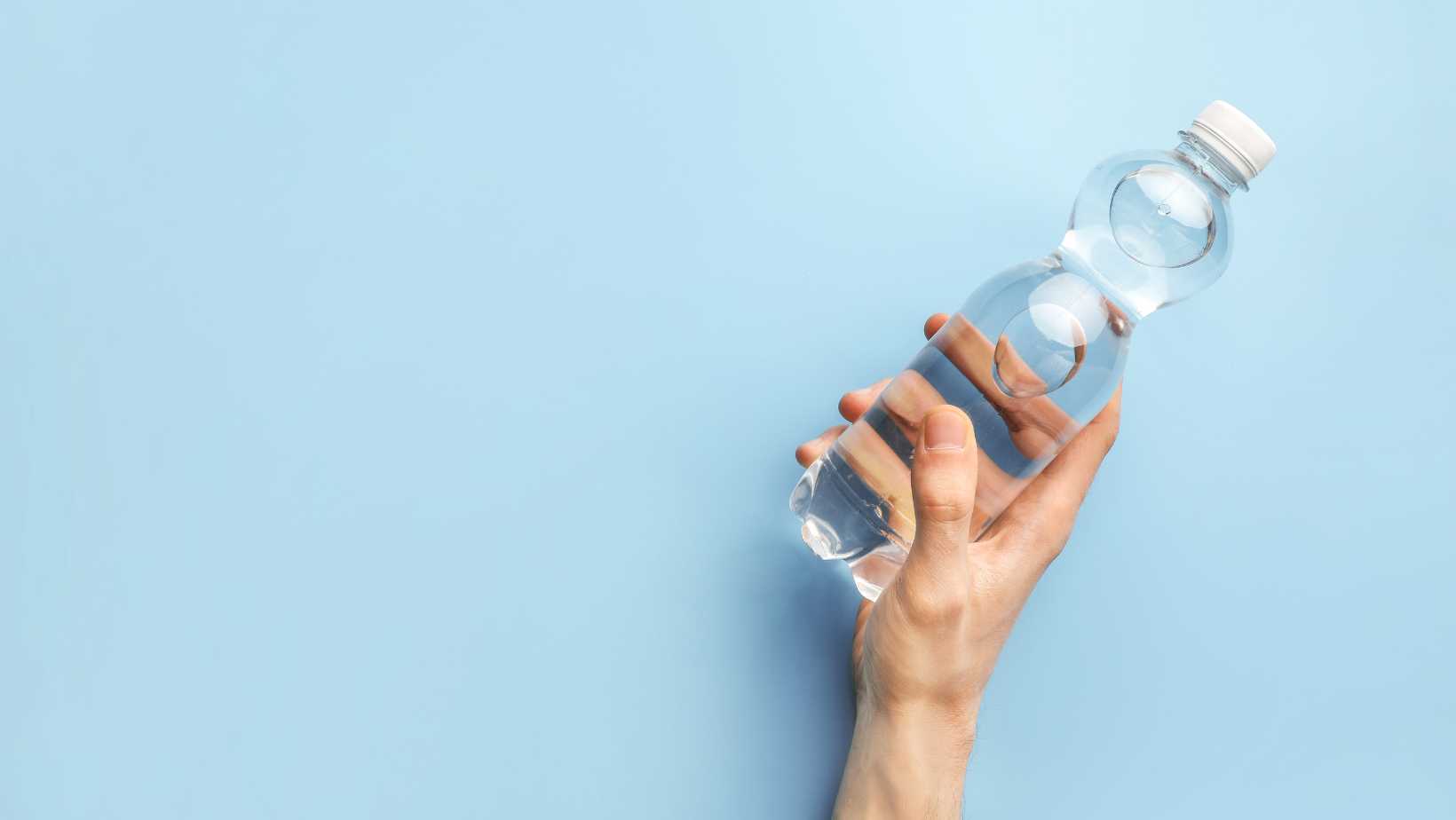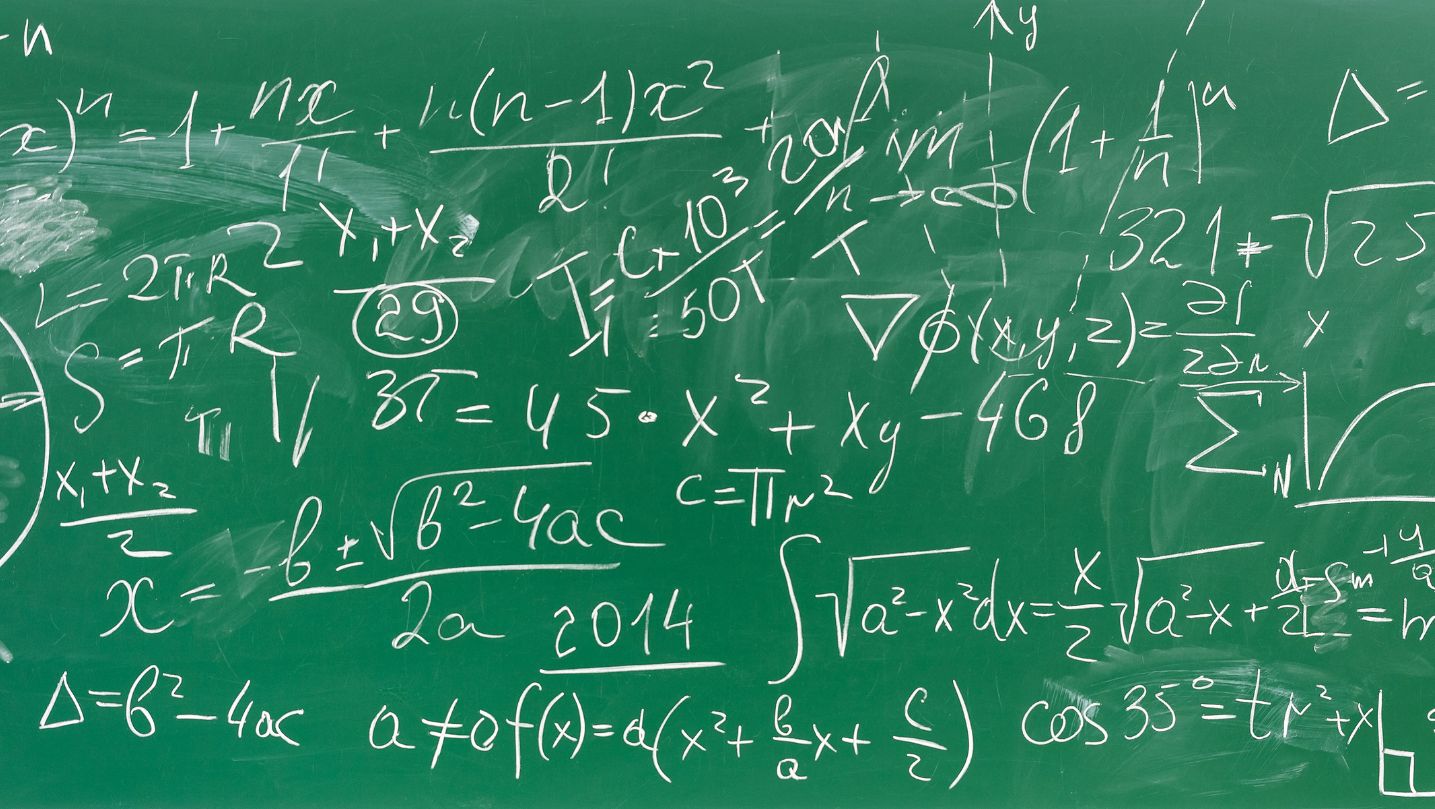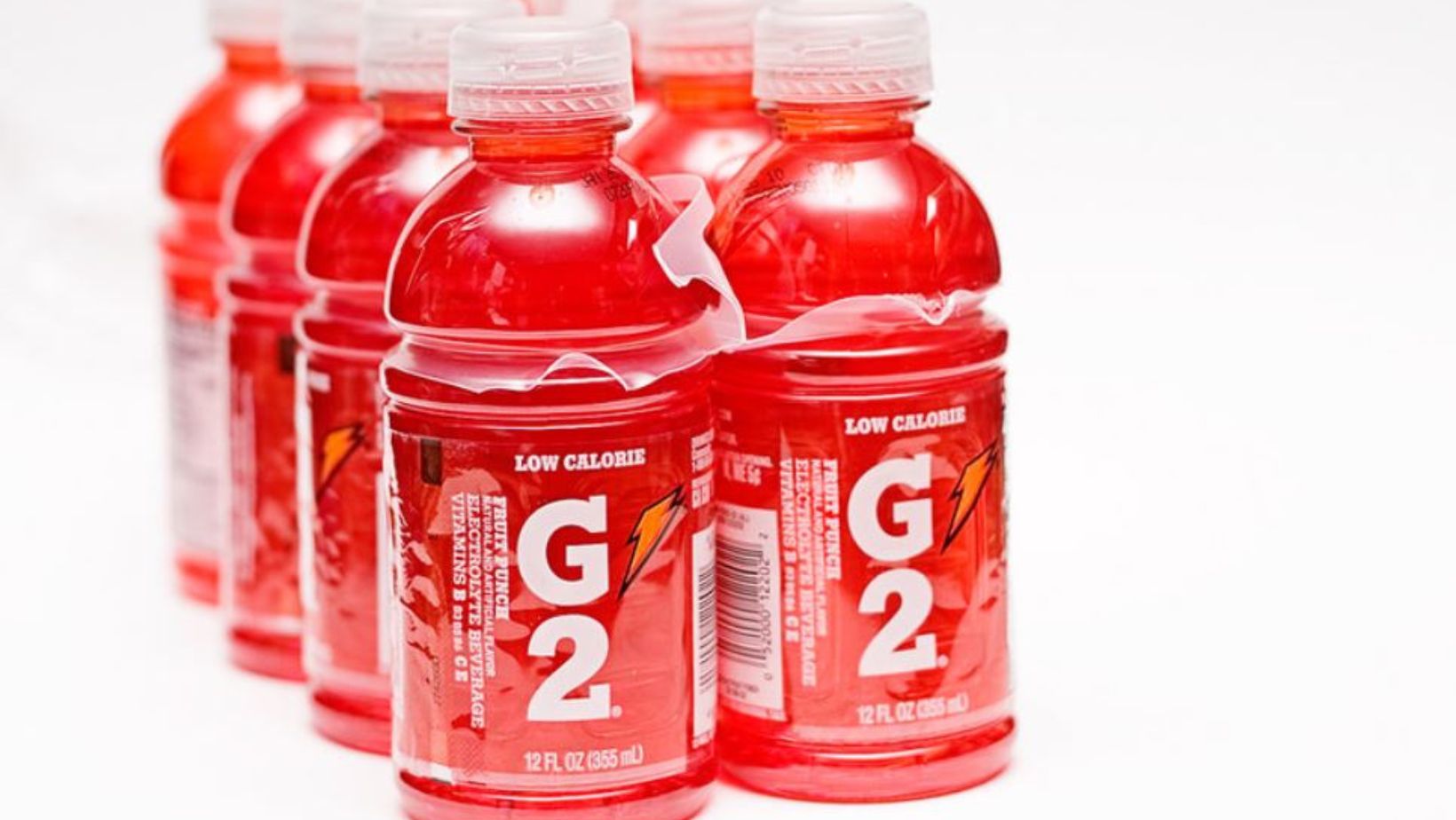The Definitive Answer: How Many mL Are in a Water Bottle

When it comes to water bottles, one common question that often arises is, “How many ml are in a water bottle?” It’s an important query to address, as understanding the capacity of a water bottle can help individuals stay hydrated and make informed choices. The volume of water contained in a typical water bottle can vary depending on its size and shape. While there isn’t a standard answer for all bottles, I’ll provide you with some general insights.
Water bottles come in various sizes, ranging from small portable ones to larger reusable ones. On average, most bottled waters range between 300 ml to 500 ml (10 oz to 16 oz) in capacity. This size is commonly found among single-serving disposable plastic bottles available in stores or vending machines.
However, it’s essential to note that not all water bottles have the same volume. Some may be smaller or larger depending on their intended use and design. For instance, sports or gym water bottles typically have a larger capacity ranging from 600 ml to 1 liter (20 oz to 33 oz) to accommodate longer workouts and keep athletes properly hydrated.
How Many mL Are in a Water Bottle
If you’ve ever found yourself wondering how many milliliters (ml) are in a water bottle, you’re not alone. The volume of water bottles can vary depending on their size and purpose. In this section, we’ll explore the different standard sizes of water bottles and their corresponding capacities.
Standard Water Bottle Sizes and Their Corresponding Capacities
Water bottles come in various sizes to cater to different needs and preferences. Here’s an overview of some common water bottle sizes and the approximate ml capacities:
- 8 oz (237 ml): These small-sized water bottles are often used for single servings or when you need a quick hydration fix.
- 16.9 oz (500 ml): This is one of the most common bottle sizes available, often seen in convenience stores and vending machines.
- 20 oz (591 ml): A popular choice among athletes and those who engage in physical activities that require frequent hydration.
- 33.8 oz (1 liter): This larger-sized bottle is commonly used for staying hydrated throughout the day or during more extended outdoor adventures.
It’s important to note that these capacities are approximate, as manufacturers may slightly vary the volume of their water bottles based on design considerations.
Small Water Bottles: Perfect for On-the-Go Hydration
Small-sized water bottles with capacities ranging from 8 oz to around 16.9 oz are perfect for on-the-go hydration. They easily fit into backpacks, purses, or gym bags, making them convenient companions during workouts, hikes, or even daily commutes.
These compact bottles provide a quick thirst-quenching solution without weighing you down. Whether you prefer sipping during short breaks at work or need a refreshing boost during your yoga session, small water bottles offer convenience without sacrificing hydration.

Understanding The Measurement Unit ‘Milliliters’
In this section, let’s dive into the world of milliliters and explore how it relates to water bottle sizes. Milliliters (ml) is a commonly used unit of measurement for liquids, including water. It helps us quantify the volume of liquid contained in a given container.
To understand how many ml are in a water bottle, we need to consider that there is no standard size for a water bottle. The volume can vary depending on the brand, type, and purpose of the bottle. However, I’ll provide you with some common ranges to give you an idea:
- Small Water Bottles:
- Typically range from 300 ml to 500 ml.
- These are often single-serving bottles or ones designed for easy portability.
- Standard Water Bottles:
- Usually have a volume ranging from 500 ml to 1 liter.
- These are commonly found in grocery stores and are popular for everyday use.
- Large Water Bottles:
- Can hold anywhere from 1 liter to 2 liters or more.
- Often used for longer trips or when access to clean drinking water may be limited.
Now that we have an understanding of the general sizes, it’s important to note that these measurements can vary across different regions and countries. Additionally, some brands might offer alternative sizes outside of these ranges.
Remember that when purchasing bottled water, it’s crucial to check the label or packaging for specific information about its volume. This will ensure you know exactly how much water you’re getting.
In conclusion,
- Milliliters (ml) is a unit used to measure the volume of liquids like water.
- There is no standard size for a water bottle; they come in various volumes.
- Small bottles usually range from 300 ml to 500 ml.
- Standard bottles typically hold between 500 ml and 1 liter.
- Large bottles can range from 1 liter to 2 liters or more.
Understanding the measurement unit ‘milliliters’ allows you to make informed choices when selecting a water bottle size that suits your needs.




